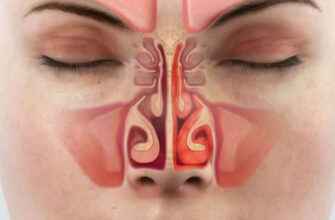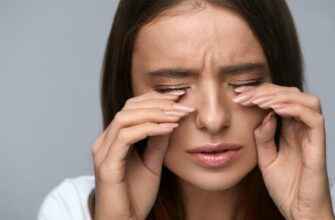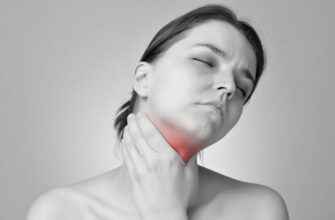Ingrown hair is a common skin condition that occurs when a hair grows back into the skin instead of growing out of it. This condition can affect anyone, but it’s more common in people with curly or coarse hair. In this article, we’ll discuss the symptoms, causes, diagnosis, and treatment of ingrown hair.
Symptoms of Ingrown Hair
Ingrown hair can cause several symptoms, including:
- Small, round bumps on the skin
- Redness and swelling around the bump
- Pain or itching around the affected area
- Darkening of the skin in the affected area
Causes of Ingrown Hair
Ingrown hair can be caused by several factors, including:
- Curly or coarse hair that bends back into the skin
- Shaving, waxing, or plucking hair, which can cause it to grow back improperly
- Tight clothing, which can rub against the skin and cause hair to grow back improperly
- Dead skin cells that clog hair follicles and prevent hair from growing out properly
Diagnosis of Ingrown Hair
Ingrown hair can often be diagnosed based on its appearance. A doctor may also perform a physical exam to determine the severity of the condition. In some cases, a doctor may take a sample of the affected skin to rule out other conditions, such as a bacterial infection or a cyst.
Treatment of Ingrown Hair
There are several treatments available for ingrown hair, including:
- Applying a warm compress to the affected area to reduce inflammation
- Using a sterile needle or tweezers to lift the hair out of the skin
- Exfoliating the skin to remove dead skin cells and prevent future ingrown hairs
- Using topical creams or ointments to reduce inflammation and prevent infection
- Avoiding shaving or waxing the affected area until it has healed
Preventing Ingrown Hair
There are several ways to prevent ingrown hair, including:
- Using a sharp, clean razor when shaving
- Shaving in the direction of hair growth
- Exfoliating the skin before shaving
- Moisturizing the skin after shaving
- Avoiding tight clothing that can rub against the skin
When to See a Doctor
Most cases of ingrown hair can be treated at home with over-the-counter remedies. However, you should see a doctor if:
- The ingrown hair is causing severe pain or discomfort
- The affected area is spreading or becoming more inflamed
- The ingrown hair is not responding to home treatments
- You have a history of skin infections or a weakened immune system
Complications of Ingrown Hair
If left untreated, ingrown hair can cause several complications, including:
- Infection of the hair follicle or surrounding skin
- Scarring or hyperpigmentation in the affected area
- Formation of a cyst or abscess
Ingrown Hair vs. Folliculitis
Ingrown hair and folliculitis are two skin conditions that can be easily confused. Ingrown hair occurs when a hair grows back into the skin, while folliculitis is an infection of the hair follicle. However, both conditions can cause similar symptoms, such as redness and bumps on the skin.
Ingrown Hair in Darker Skin Types
Ingrown hair can be a more significant problem in people with darker skin types. This is because darker skin is more prone to hyperpigmentation and scarring, which can occur when ingrown hair is left untreated. People with darker skin types may also be more likely to develop ingrown hair due to their hair’s natural curliness or thickness.
Ingrown Hair in Men
Ingrown hair is a common problem for men, particularly in the beard area. Men who shave their beards or have curly or thick facial hair are more likely to develop ingrown hair. In severe cases, ingrown hair can lead to a condition called pseudofolliculitis barbae, which is characterized by chronic inflammation and scarring in the beard area.
Ingrown Hair in Women
Ingrown hair can also affect women, particularly in the pubic area, legs, and underarms. Women who shave or wax these areas are more likely to develop ingrown hair. In some cases, ingrown hair in the pubic area can lead to the formation of a painful, pus-filled bump called a boil.
Ingrown Hair in Children
Ingrown hair is less common in children than in adults, but it can still occur. Children may develop ingrown hair due to a genetic predisposition or an underlying skin condition, such as eczema or keratosis pilaris. In most cases, ingrown hair in children is not a cause for concern and can be treated at home.
Conclusion
Ingrown hair is a common skin condition that can cause pain, discomfort, and scarring if left untreated. It can affect people of all ages and skin types, but it’s more common in people with curly or thick hair. If you’re experiencing symptoms of ingrown hair, it’s important to seek treatment to prevent complications and ensure a quick recovery. By following the prevention tips outlined in this article, you can reduce your risk of developing ingrown hair and enjoy smooth, healthy skin.











